Related Research Articles

Manchester is a town in Hartford County, Connecticut, United States. The town is part of the Capitol Planning Region. As of the 2020 census, the town had a total population of 59,713. The urban center of the town is the Manchester census-designated place, with a population of 36,379 at the 2020 census. The town is named after Manchester, in England.

Trinity College is a private liberal arts college in Hartford, Connecticut. Founded as Washington College in 1823, it is the second-oldest college in the state of Connecticut.

Albert Augustus Pope was a Brevet Lieutenant-Colonel in the Union Army. He was an importer, promoter, and manufacturer of bicycles, and a manufacturer of automobiles.

The Merrow Sewing Machine Company, best known for inventing the overlock sewing machine, is a manufacturer of sewing machines. After the explosion of his gunpowder mill in 1837, in 1838 J.M. Merrow built a knitting mill on the same site. The company developed crocheting machines for its own use and by 1887 evolved to design, build and market sewing machines exclusively. During its early decades it was organized as a partnership under various names: established in 1838 as Joseph M. Merrow & Sons by J. Makens Merrow, then Pitkin, Merrow, & Co., renamed Merrow Manufacturing Co. in 1857, then Merrow and Millard in 1863, J.B. Merrow and Sons in 1870, and incorporated as The Merrow Manufacturing Company in 1893. Originally all of its manufacturing was done at facilities in Merrow, Connecticut, and then in Hartford, Connecticut, after 1894. The company is currently based in Fall River, Massachusetts.

Anson Green Phelps was an American entrepreneur and business man from Connecticut. Beginning with a saddlery business, he founded Phelps, Dodge & Co. in 1833 as an export-import business with his sons-in-law as partners, William E. Dodge in NYC and Daniel James based in Liverpool, England. His third son-in-law, James Boulter Stokes, became a partner some years later.

Howell Cheney was a member of the Cheney silk manufacturing dynasty. The Cheneys had long been the first family of Manchester, Connecticut. Their mill buildings, workers residences and family mansions form the Cheney Brothers Historic District.
Kate Cheney Chappell is an American businesswoman, artist, and manufacturer. She co-founded personal-care product manufacturer Tom's of Maine in 1970 as well as wool clothing manufacturer Ramblers Way in 2010 with her husband Tom Chappell.
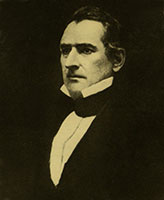
Eli Whitney Blake, Sr. was an American inventor, best known for his mortise lock and stone-crushing machine, the latter of which earned him a place into the National Inventors Hall of Fame.
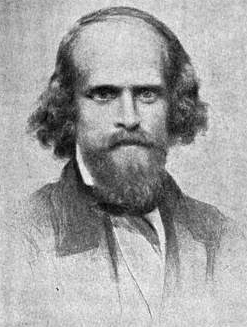
Seth Wells Cheney was an American artist and a pioneer of crayon work in the United States.

The Cheney Brothers Historic District was a center of the silk industry in Manchester, Connecticut, in the late 19th and early 20th century. The 175-acre (71 ha) district includes over 275 mill buildings, workers houses, churches, schools and Cheney family mansions. These structures represent the well-preserved company town of the Cheney Brothers silk manufacturing company, the first America-based silk company to properly raise and process silkworms, and to develop the difficult techniques of spinning and weaving silk. The area was declared a National Historic Landmark in 1978.
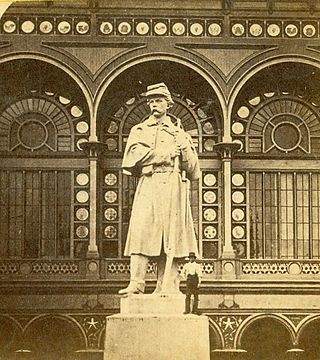
Carl H. Conrads was an American sculptor best known for his work on Civil War monuments and his two works in the National Statuary Hall Collection at the U.S. Capitol in Washington, D.C. He was also known as Charles Conrads.

The Main Street Historic District encompasses most of the historic central business district of Manchester, Connecticut. It runs along Main Street between Eldridge and Center Streets, including the cluster of civic and municipal buildings at Center Park. The district was largely built up between 1890 and 1940, and includes a remarkable concentration of high-quality Colonial Revival construction. The district was listed on the National Register of Historic Places in 1996.
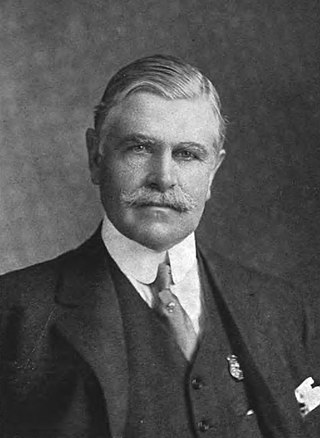
Louis Richmond Cheney (1859–1944) was a businessman and political figure from Connecticut.

The South Manchester Railroad was a short-line railroad, operating in Manchester, Connecticut. It was in operation from 1869 to the 1980s.
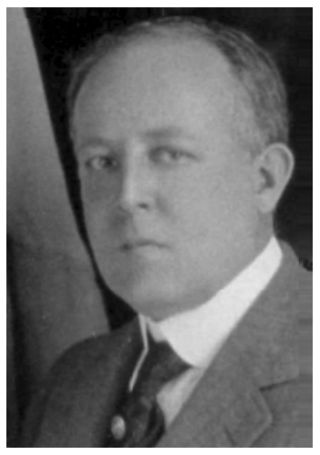
Horace Bushnell Cheney was an American administrator, who was general manager and vice-president of Cheney Brothers Silk Manufacturing Company, in the nowadays called Cheney Brothers Historic District.

The Manchester Historic District encompasses a historic planned industrial and residential area of Manchester, Connecticut. Located west of the town's Main Street area, the district includes most of the Cheney Brothers Historic District, a National Historic Landmark District covering the silk manufacturing mills, worker housing, and owner residences of the Cheney family, as well as other surrounding residential areas related to the growth and development of Manchester under the Cheney's influence. The district was listed on the National Register of Historic Places in 2000.

Luther James Bradford Olcott was an American farmer, specializing in turfgrass, who influenced the development of Manchester, Connecticut, and the University of Connecticut.

Sherwood Alfred Cheney was an American military engineer who served as a brigadier general in the US Army Corps of Engineers during World War I and as an aide to President Calvin Coolidge.

John Sherwood Cheney was an American businessman, state legislator, California Gold Rush prospector, and member of the Cheney silk manufacturing dynasty of Manchester, Connecticut.
References
- Wilson, J. G.; Fiske, J., eds. (1900). . Appletons' Cyclopædia of American Biography . New York: D. Appleton.